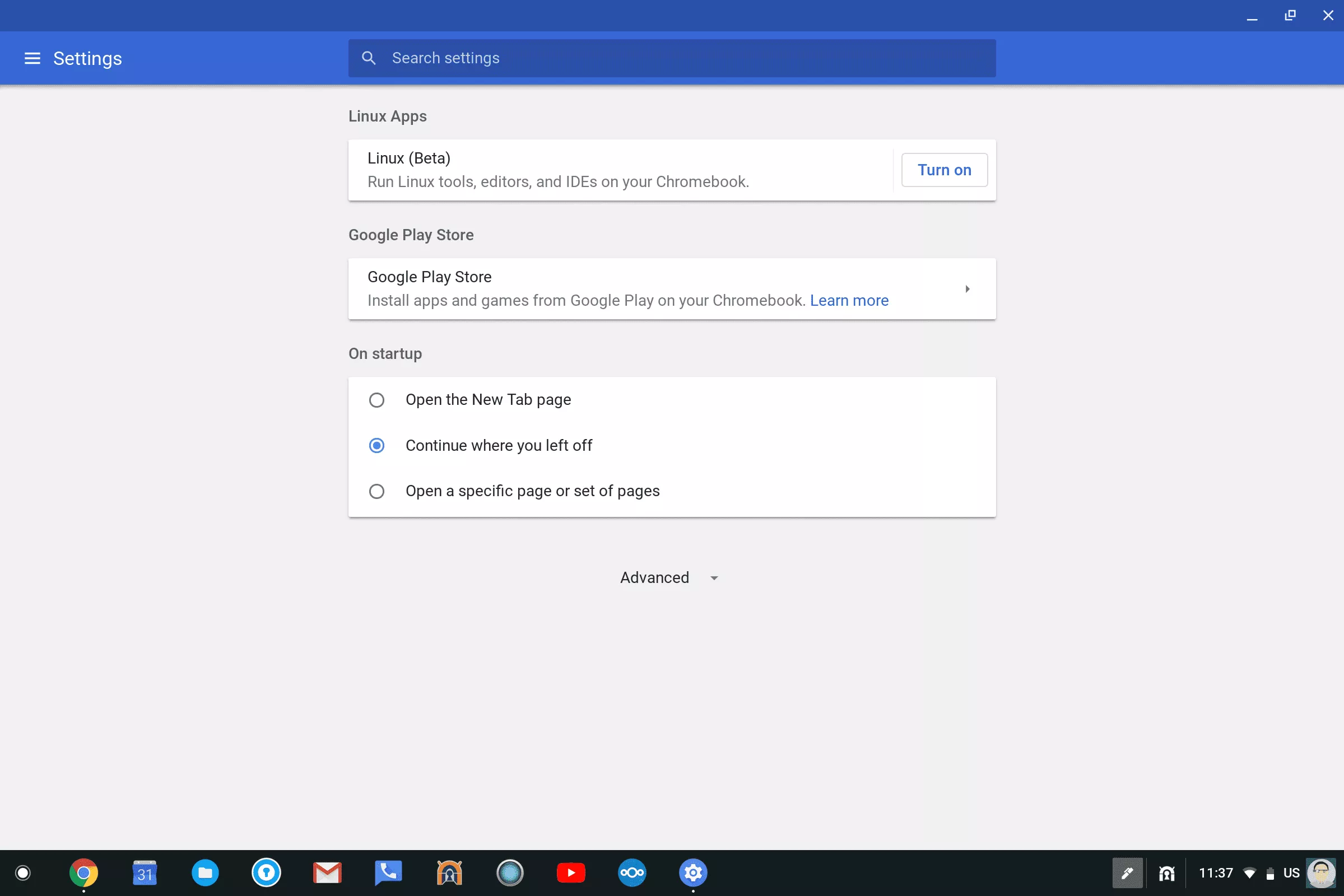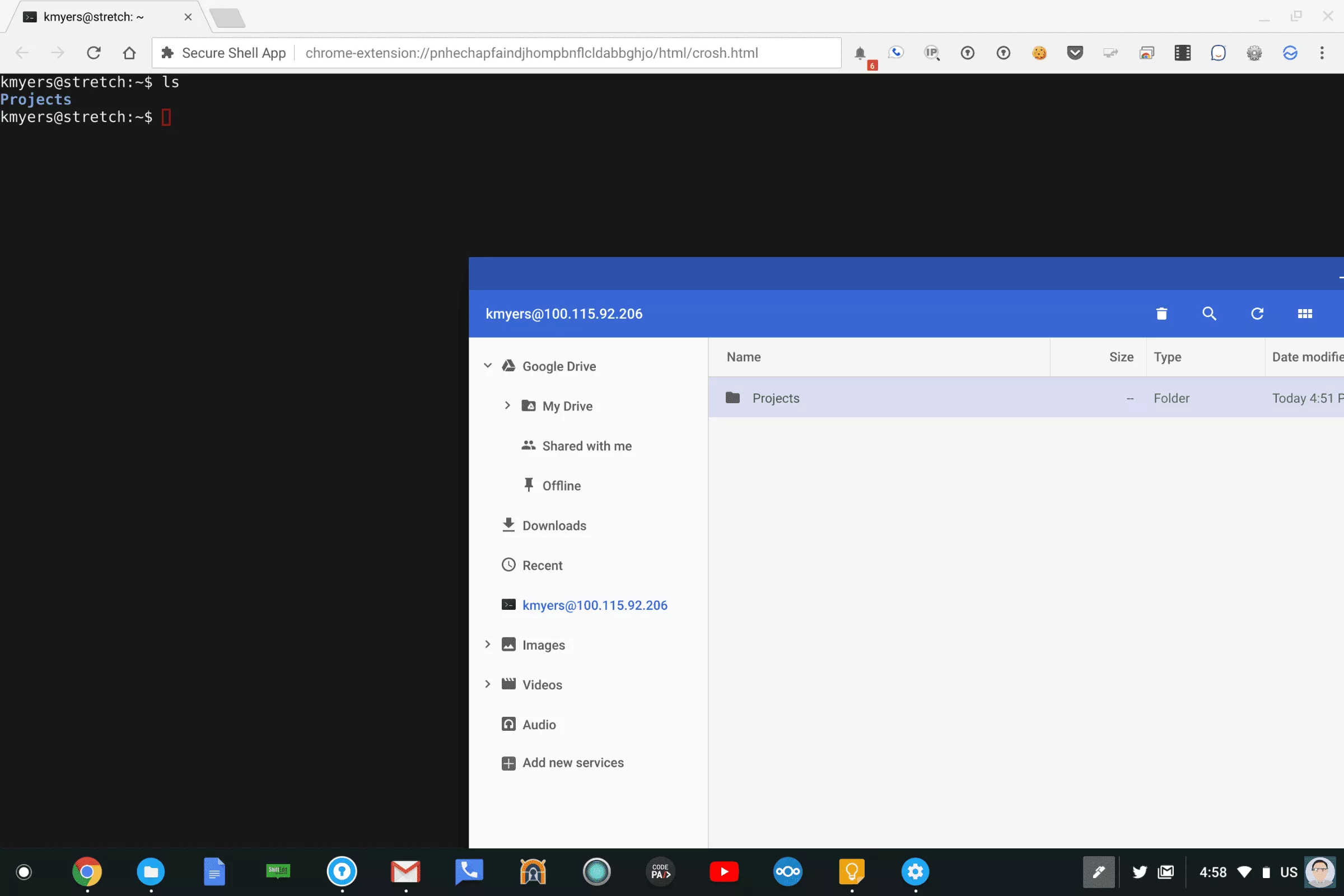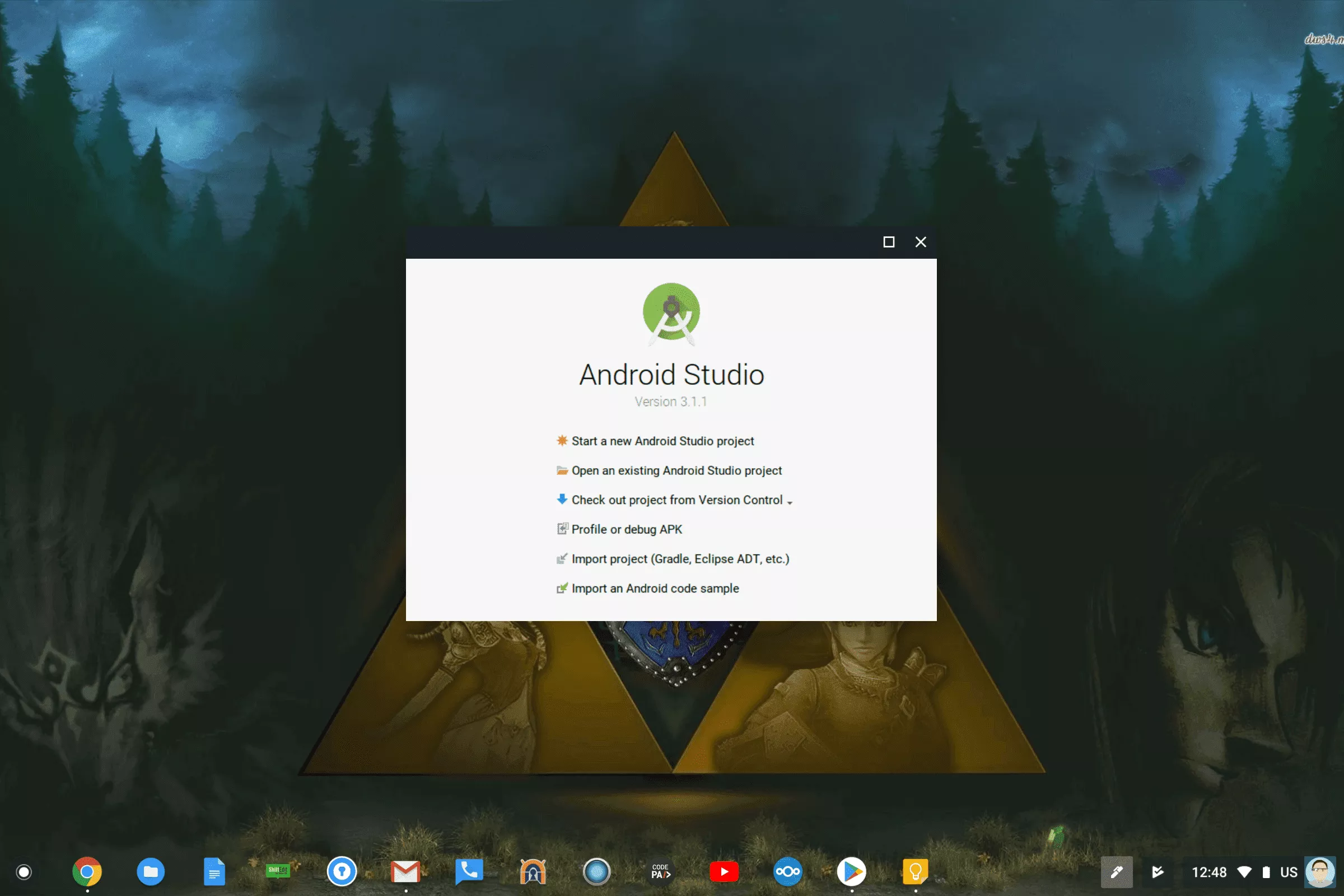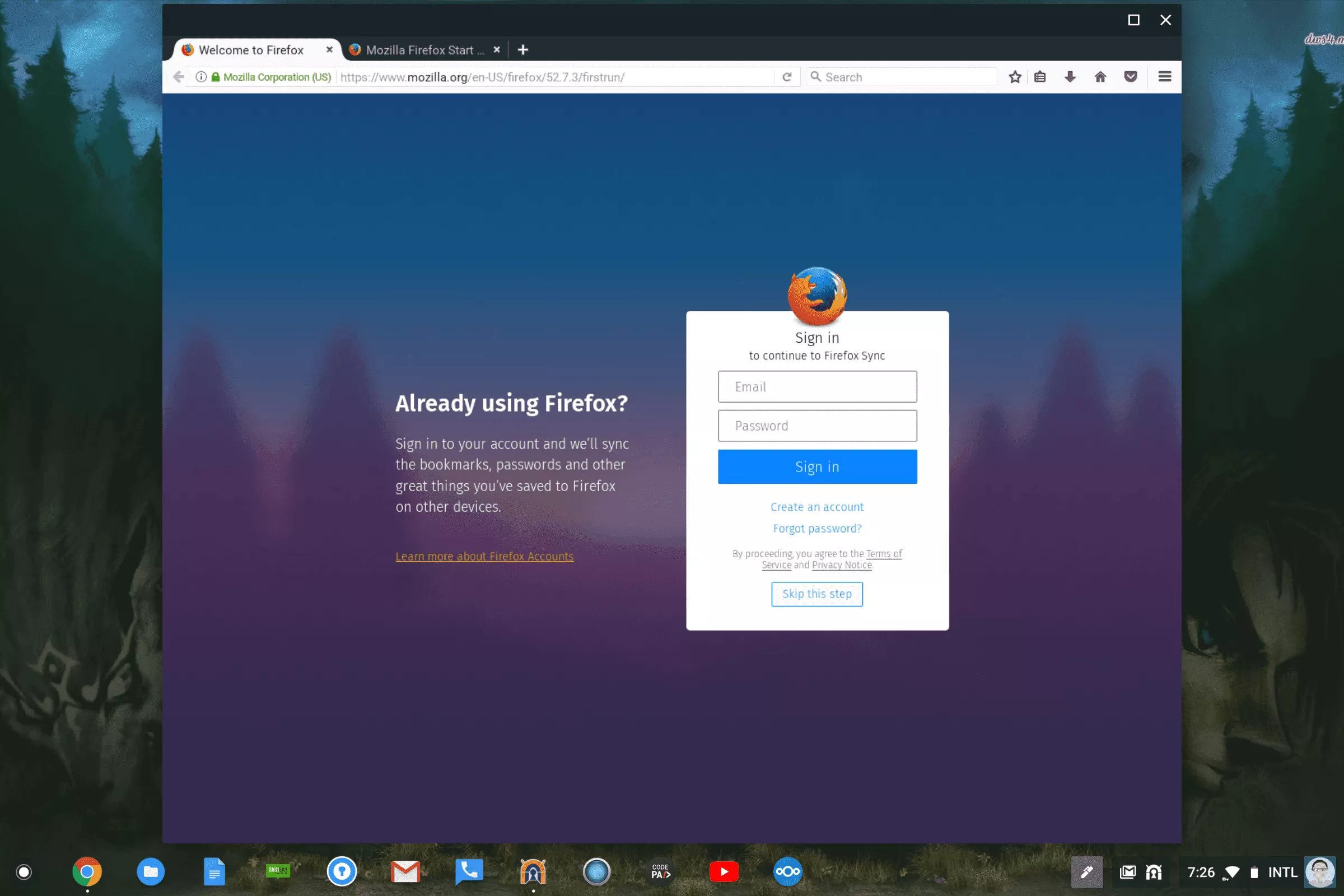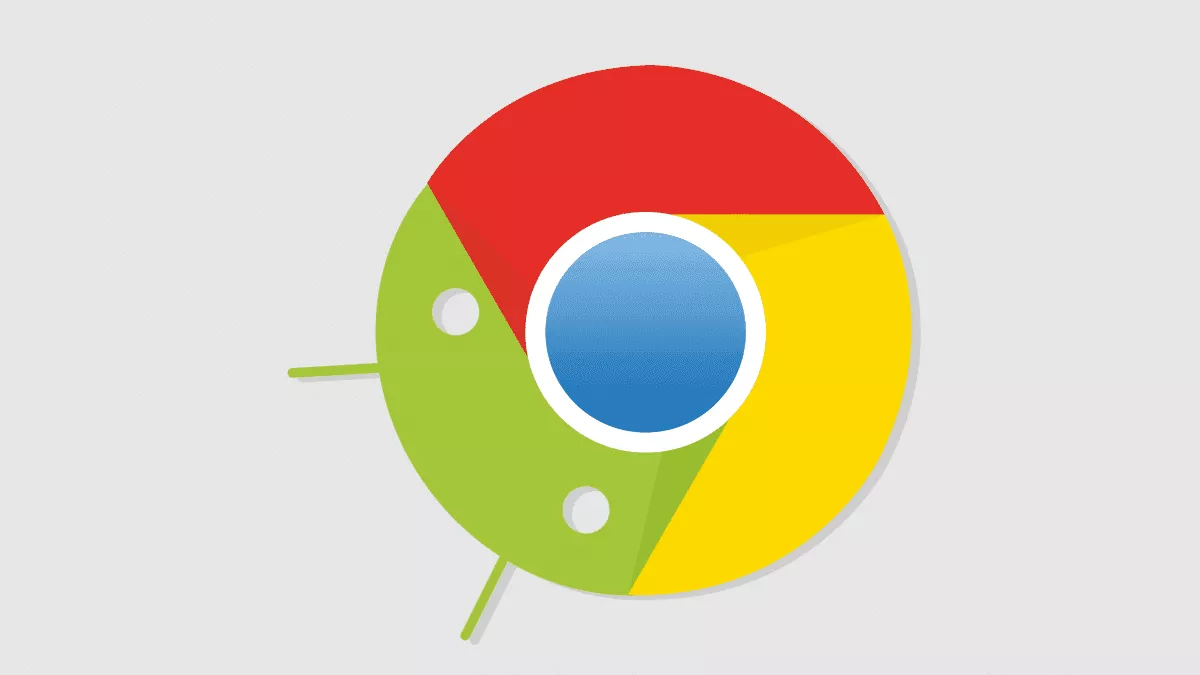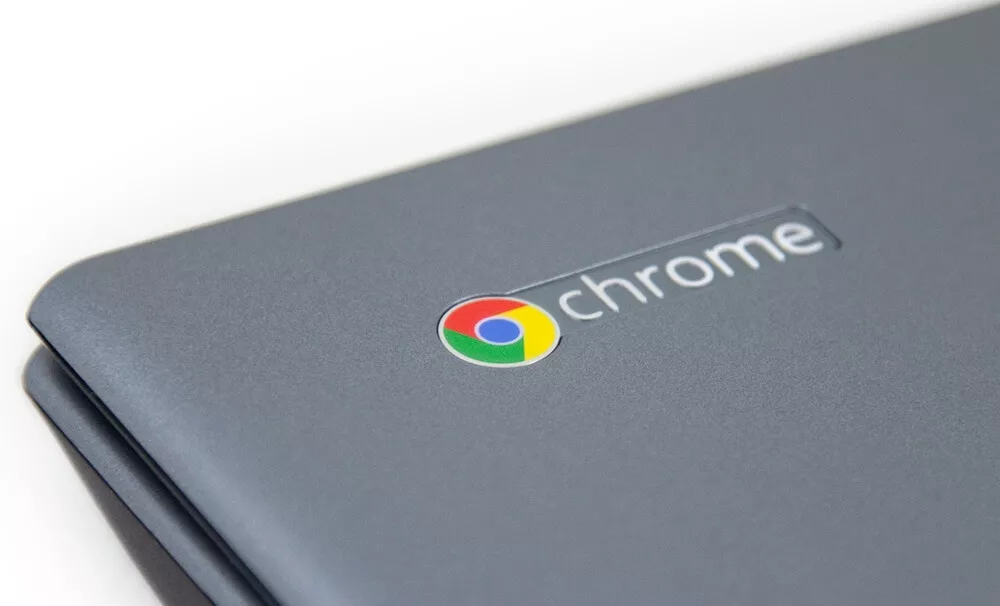Troubleshooting and Working With Linux in Project Crostini
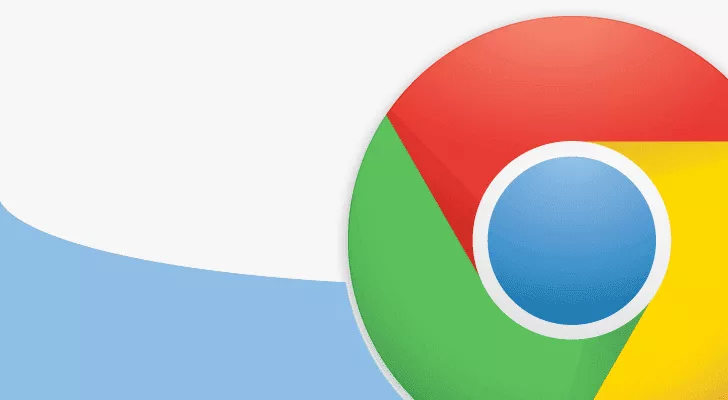
Project Crostini is Google’s ambitious plan to bring a full Linux desktop environment to ChromeOS. While this move will mainly cater to developers, I suspect it will be a pretty compelling feature for the general consumer market in the future (can anyone sat Steam on ChromeOS?). While the Beta of Project Crostini is pretty nice, it lacks a easy way to manage and troubleshoot common issues. This guide was put together to help with some basic maintenance and troubleshooting steps that I have come across over the past few days:
